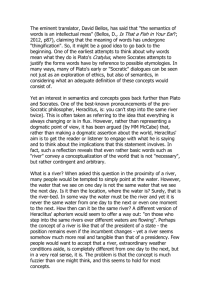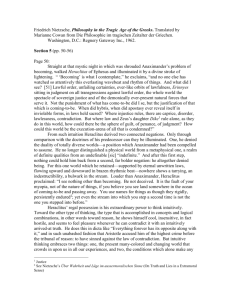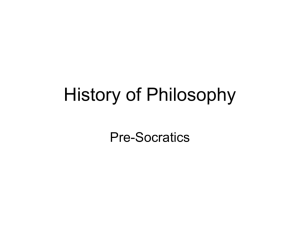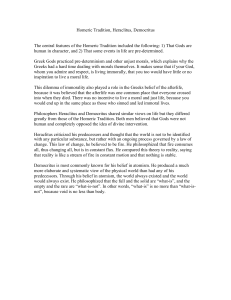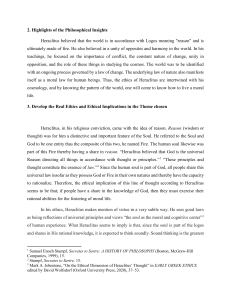Assignment #1
advertisement
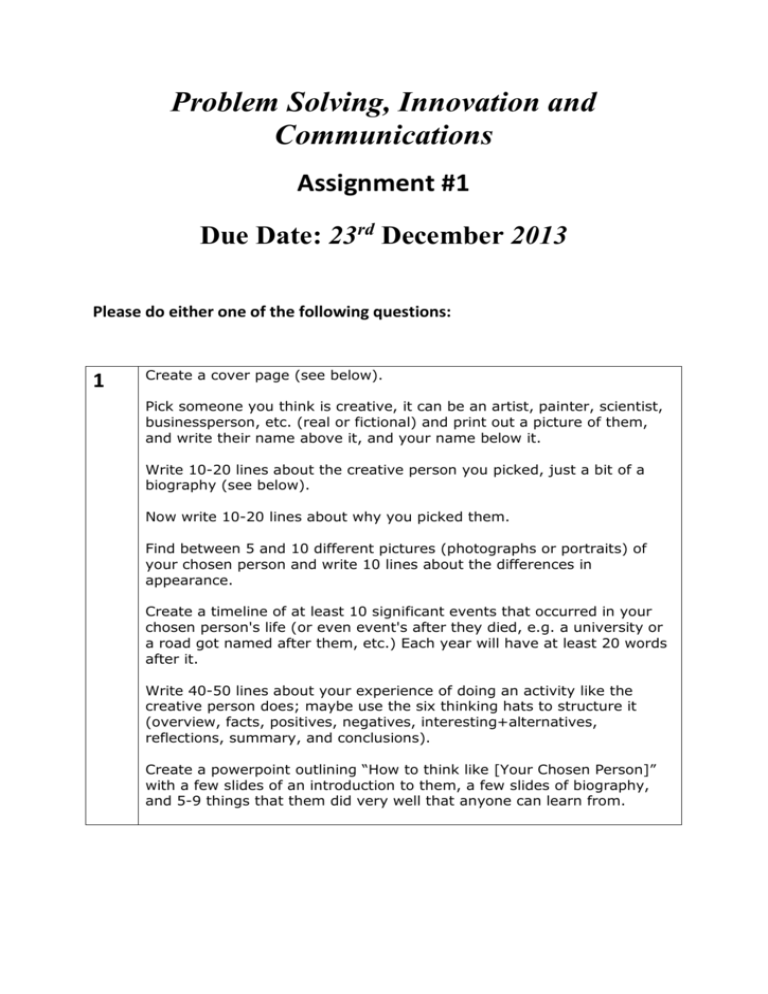
Problem Solving, Innovation and Communications Assignment #1 Due Date: 23rd December 2013 Please do either one of the following questions: 1 Create a cover page (see below). Pick someone you think is creative, it can be an artist, painter, scientist, businessperson, etc. (real or fictional) and print out a picture of them, and write their name above it, and your name below it. Write 10-20 lines about the creative person you picked, just a bit of a biography (see below). Now write 10-20 lines about why you picked them. Find between 5 and 10 different pictures (photographs or portraits) of your chosen person and write 10 lines about the differences in appearance. Create a timeline of at least 10 significant events that occurred in your chosen person's life (or even event's after they died, e.g. a university or a road got named after them, etc.) Each year will have at least 20 words after it. Write 40-50 lines about your experience of doing an activity like the creative person does; maybe use the six thinking hats to structure it (overview, facts, positives, negatives, interesting+alternatives, reflections, summary, and conclusions). Create a powerpoint outlining “How to think like [Your Chosen Person]” with a few slides of an introduction to them, a few slides of biography, and 5-9 things that them did very well that anyone can learn from. Week 1: My Name Student Number Problem Solving Assignments Course Code Year X Course Title Student #: D12345678 DTXXX: MSc in Computing (Stuff) Week 4: Heraclitus Damian Gordon Student #: D12345678 DTXXX: MSc in Computing (Stuff) Heraclitus Heraclitus of Ephesus (535BC–475BC) was a philosopher and also a mystery. He is said to have written a treatise On Nature, in three parts, one on the universe, another on politics, and a third on theology, unfortunately only a little of it survives. And the little that does survive are quotes from this work in the works of other later authors. Some of these quotes (or fragments) make perfect sense by themselves (e.g. "You cannot step twice into the same river") whereas others are unclear without the context around them (e.g. "all things come to be in accordance with this Logos"). For me the ideas of Heraclitus - about change, about ebb-and-flow, and about the nature of life - are really cool and strike a chord with me. Also a favourite hobby of mine is taking all the fragments and trying to group them into themes, and arranging them sensibly into specific parts of the three sections of Heraclitus' treatise. Of course it's not only me who does this, over the centuries it has become a favourite hobby of many philosophers, including (perhaps most famously) Martin Heidegger. Timeline for Heraclitus 535BC Heraclitus is born in Ephesus, present-day Efes, Turkey to an aristocratic family. His father may have that he abdicated the kingship in favour of his brother. ~ 530-520BC Heraclitus was "wondrous" student from childhood. As a boy Heraclitus had said he "knew nothing" but later claimed to "know everything." ~ 475BC Heraclitus dies aged 60 years old; his cause of death may have been dropsy. He treated himself for it with a liniment of cow. After a day of treatment he died and was interred in the marketplace. 1510 Raphael paints "The School at Athens" wherein he represents Heraclitus with his head leaning on one arm, while writing with the other. 1630 Johannes Moreelse paint the famous "Weeping Philosopher" image of Heraclitus, a title given to him based on the suggestion that he didn't finish some of his works because of melancholia. 1970 Existential philosopher Martin Heidegger publishes his opus on Heraclitus ("Heraclit" in German) which is translated into English in 1993 by Eugene Fink. 2 Create an infographic based on your discipline: It can be an overview of the entire discipline (mist be detailed and pretty) It can be an infogrpahic of a specific aspect of the discipline It can be an infographic of how you would use some of the creativity techniques taught in this module in your discipline. etc. Accompanying this infographic is going to be a 3-4 page document of the following format (this is only approximate, you can write more if your want): Page 1: Cover Page (as above) Page 2: First half, introduction to what you did Page 2-3: Second half of page 2 and all of page 3, description of how you created the infographic with rationale for all the elements present, both format and content. Page 4: Conclusions, reflections and Recap on what you did. e.g. http://www.siliconrepublic.com/fs/img/PerformanceHistoryofComputerSystems.j pg http://thumbnails.visually.netdna-cdn.com/avengers-assembled_50310f2876f06.jpg https://whiteweb2point0.files.wordpress.com/2012/05/left-vs-right.jpg http://media02.hongkiat.com/infographics/Why-do-Freeways-Come-to-a-Stop-Infographic.jpg Submission of Assignment: You are required to electronically submit your assignment on or before the due date, by e-mailing it to Damian.Gordon@dit.ie with the subject heading: "PSIC Assignment 1" as well as presenting a hardcopy to me in the class.
